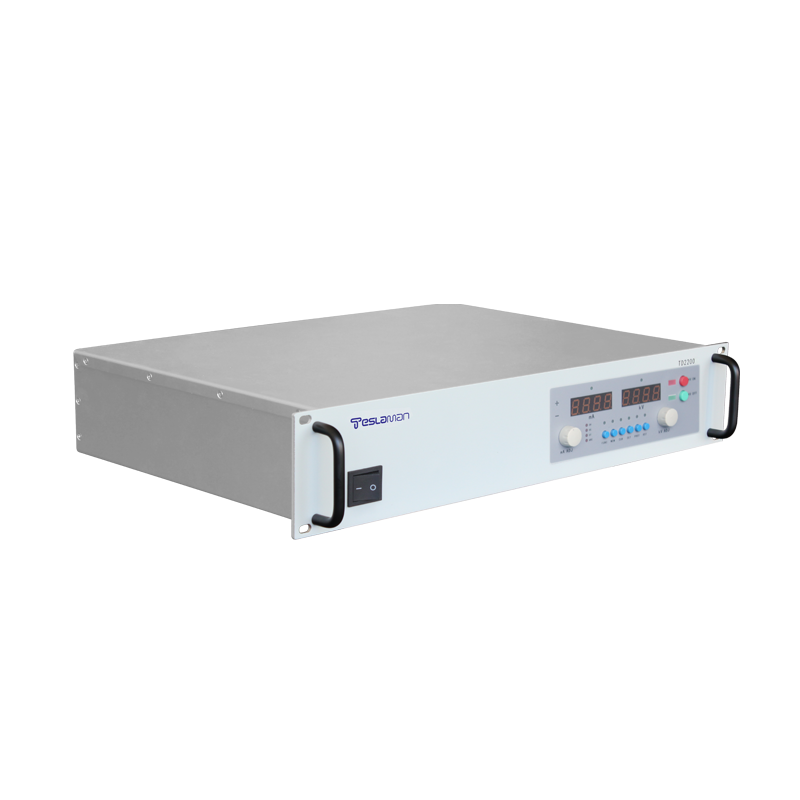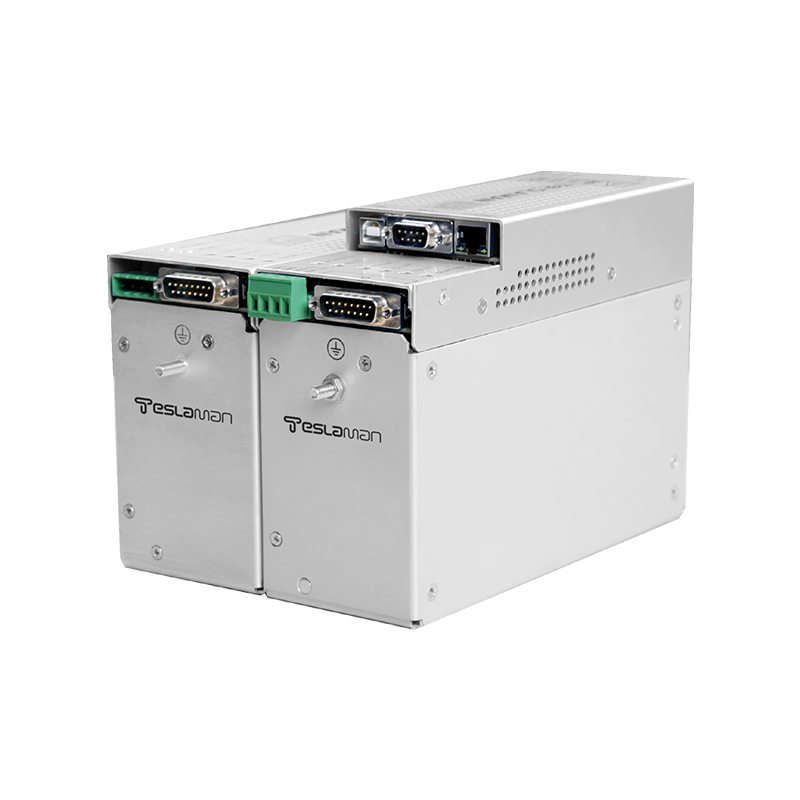Optimization of Parallel Current Sharing Control Strategy for High-Power High-Voltage DC Power Supplies
Introduction
High-power high-voltage DC (HVDC) power supplies are widely used in fields such as electrostatic precipitators, high-voltage test equipment, and electric vehicle charging piles. To meet the demand for higher output power (e.g., hundreds of kilowatts to megawatts), multiple HVDC power supply modules are usually connected in parallel. However, due to differences in component parameters (e.g., output resistance, voltage reference) and circuit layout among modules, the output current of each module is unevenly distributed, which may lead to overheating of individual modules, shortened service life, and even system shutdown. Therefore, optimizing the parallel current sharing control strategy is crucial to ensure the safe and stable operation of the parallel system.
Core Technical Challenges
The main challenges of parallel current sharing control include three aspects. First, the output characteristics of each module are inconsistent. For example, the output resistance of different modules may differ by 5%-10% due to resistor tolerance and power device parameter differences, resulting in uneven current distribution even under the same output voltage. Second, the dynamic response of the current sharing control loop is slow. When the load changes suddenly (e.g., load current increases from 50% to 100% of the rated value), the current of each module cannot be adjusted in time, leading to transient current imbalance. Third, the traditional centralized current sharing control has a single point of failure. If the main controller fails, the entire parallel system will lose current sharing control, resulting in system collapse.
Optimization Strategy
Adaptive Droop Current Sharing Control
The traditional droop control uses a fixed droop coefficient to adjust the output voltage of each module according to the output current, thereby realizing current sharing. However, the fixed droop coefficient cannot adapt to the differences in output characteristics of different modules, leading to low current sharing accuracy. To solve this problem, an adaptive droop current sharing control strategy is proposed.
First, each module samples its own output voltage (V_o) and current (I_o) in real time, and calculates the equivalent output resistance (R_eq = ΔV_o / ΔI_o) through the least square method based on the sampling data within a certain period (e.g., 100ms). Then, the control system adjusts the droop coefficient (K_d) of the module according to the calculated R_eq. The adjustment formula is K_d = K_0 × (R_eq / R_ref), where K_0 is the base droop coefficient and R_ref is the reference output resistance. Modules with larger R_eq are assigned larger K_d, and vice versa. This ensures that the output voltage adjustment range of each module matches its own output characteristics, improving the current sharing accuracy.
In addition, a feedforward compensation term is added to the droop control loop. The feedforward term is calculated based on the total load current (I_total) of the parallel system (I_total is obtained by summing the output currents of all modules). When the load current changes, the feedforward term adjusts the output voltage of the module in advance, reducing the transient current imbalance. The feedforward compensation formula is V_ff = K_ff × I_total, where K_ff is the feedforward coefficient (calibrated through experiments).
Distributed Current Sharing Control with Redundancy
To solve the problem of single point of failure in centralized control, a distributed current sharing control strategy based on a multi-master redundant structure is designed. Each module has an independent current sharing controller, and the controllers communicate with each other through a high-speed CAN bus (communication rate up to 1Mbps).
In the distributed system, each module calculates the average current (I_avg) of the parallel system based on the current data received from other modules (I_avg = (I_1 + I_2 +... + I_n) / n, where n is the number of parallel modules). Then, the module adjusts its own output current to track I_avg through a proportional-integral-derivative (PID) controller. To avoid communication conflicts, a time-division multiple access (TDMA) protocol is adopted for the CAN bus, where each module is assigned a fixed time slot to send current data, ensuring that the data transmission is orderly and efficient.
In addition, a redundancy mechanism is added. When a module's current sharing controller fails, the other modules can detect the failure through the communication heartbeat signal (sent every 100ms). Once a failure is detected, the remaining modules recalculate I_avg in real time (excluding the failed module's current data) and continue to maintain current sharing control. This ensures that the parallel system can still operate normally even if individual modules fail, improving the system reliability.
Application Verification
A parallel system composed of 4 high-power HVDC power supply modules (each with an output voltage of 0-5000V and a rated current of 200A) is built to test the optimized current sharing control strategy. The test results show that under the rated load (total current 800A), the current sharing error of each module is less than 1% (the traditional droop control has a current sharing error of 5%-8%), which significantly improves the current sharing accuracy. When the load current suddenly increases from 400A to 800A, the transient current sharing error of the optimized strategy is less than 3% (the traditional strategy is 10%-15%), and the current stabilizes within 20ms, showing good dynamic response performance.
In the fault simulation test, when one module's current sharing controller is manually shut down, the remaining 3 modules can detect the fault within 200ms and recalculate the average current. The total output current of the system remains at 600A (3×200A), and the current sharing error of the remaining modules is less than 1.5%, ensuring the continuous and stable operation of the system.
Conclusion
The optimized parallel current sharing control strategy combining adaptive droop control and distributed redundant control effectively solves the problems of low current sharing accuracy, slow dynamic response, and single point of failure in the traditional parallel system. It improves the reliability and stability of the high-power HVDC power supply parallel system, providing a technical guarantee for the application of high-power HVDC power supplies in large-scale industrial fields.




















